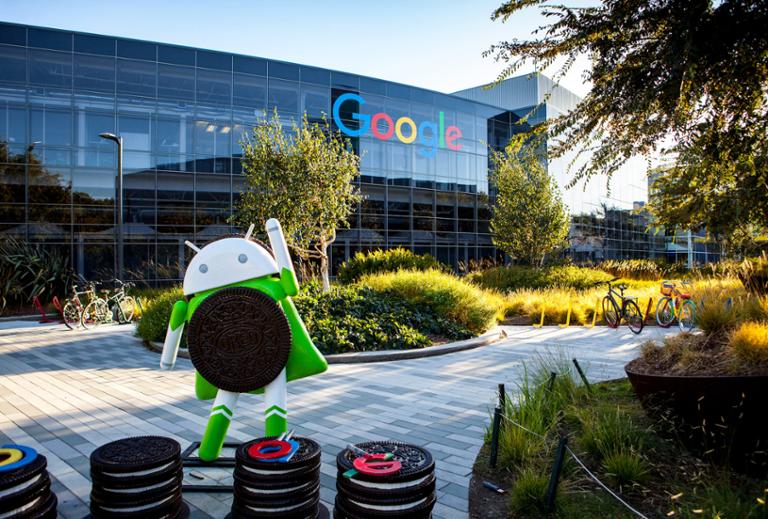Google's Android P Could Force Big Changes for Developers
Google is offering developers a glimpse at Android P, the next iteration of its mobile operating system. As with any developer preview, the code is unpolished, and consumer-facing features aren’t finalized; but early indications suggest that some app-builders may need to tweak their approach to building Android apps. (As with all Android releases, Google will eventually change out “P” for the name of a tasty dessert—might we recommend “Pie”?) For those developers who have begun experimenting with Kotlin, which Google recently elevated as a “first class” Android development language, new tweaks and platforms such as the Android KTX extensions will make building in Kotlin much easier, and (presumably) the resulting apps a bit smoother from an end-user perspective. “In P you'll see the first results of this [Kotlin] work—we've improved several compiler optimizations, especially those that target loops, to extract better performance,” read a posting on Google’s official developer blog. “We're also continuing to work in partnership with JetBrains to optimize Kotlin's generated code.” Other Android P tweaks include boosted power efficiency; restricted access to an Android phone’s onboard camera, sensors, and microphone (to boost user privacy); and a more consistent UI for fingerprint identification (which could boost security). But Google’s initiatives to create a more “modern” Android are what could end up affecting some developers the most. Specifically, Google Play will require that all app updates target at least Android Oreo by November 2018; at some point soon after that, apps will need to support 64-bit hardware. “In line with these changes, Android P will warn users with a dialog when they install an app that targets a platform earlier than Android 4.2 (targetSdkVersion less than 17), and future platform versions will continue to increment that lower bound,” the developer blog added. “We're encouraging every Android developer to start planning the migration to target API 26 now, and to start the migration work as soon as possible.” Google is encouraging developers to only use public, Android-specific APIs from now on. “In cases where there is no public equivalent for your use-case, please let us know,” the blog stated. “We want to make sure that this process is as smooth as possible for developers, so we'll use your feedback to ensure the initial rollout only affects APIs where developers can easily migrate to public alternatives. More about the restrictions is here.” For those developers who might feel that this update (and the associated backend work) is too much, too fast, Google is offering a handy checklist of resources. From Google’s perspective, this move is perhaps long overdue: Google Play is filled with older apps, and Android users have complained for years about outdated software. Whether an attempt to modernize Android as a developer platform will reduce the operating system’s lingering fragmentation remains to be seen, however. The Android P developer preview offers more features and APIs to explore. There’s even support for “display cutouts,” for those Android phones that try to emulate the iPhone X’s distinctive notch.

